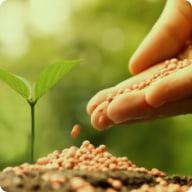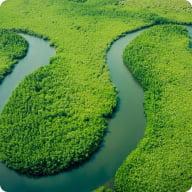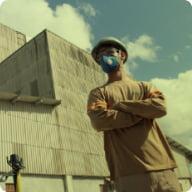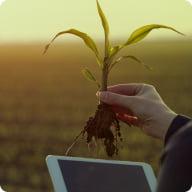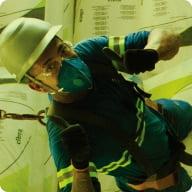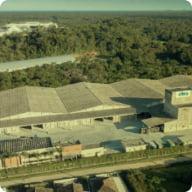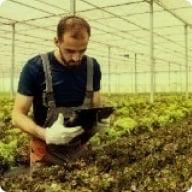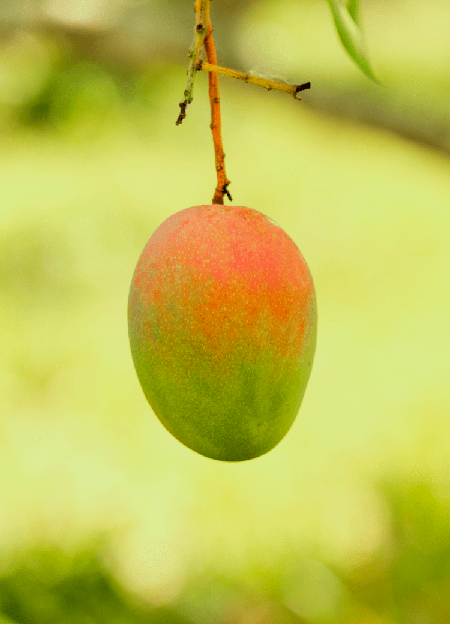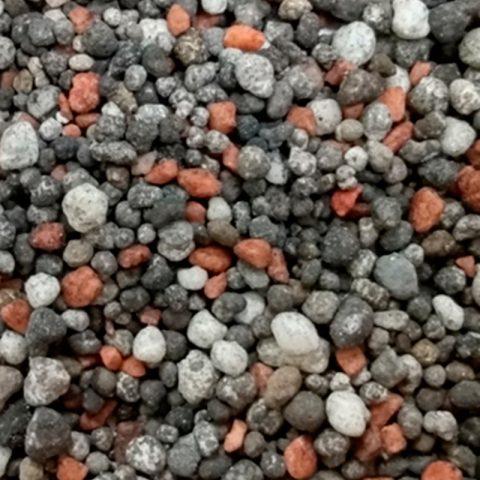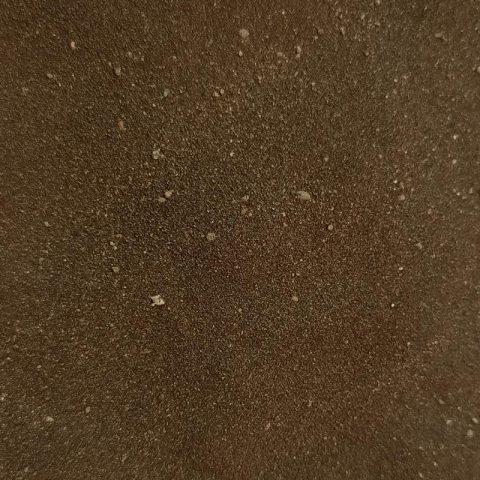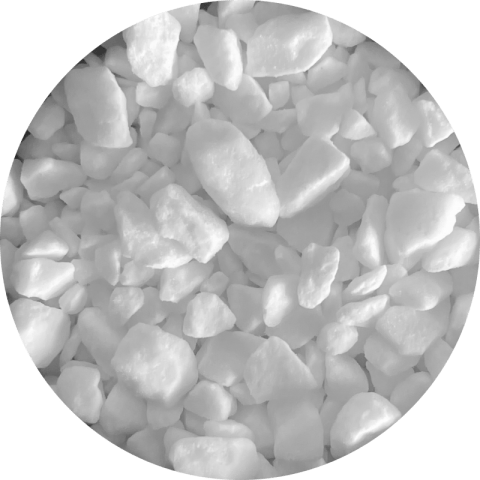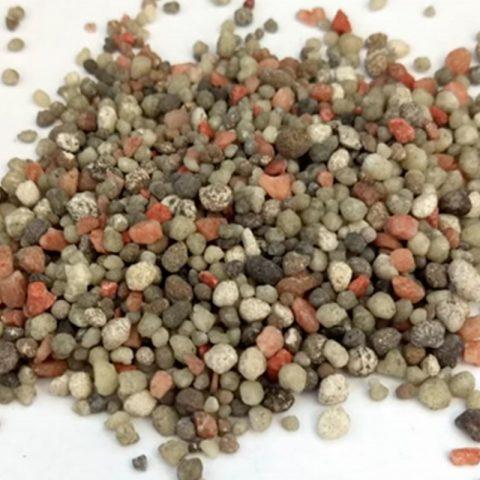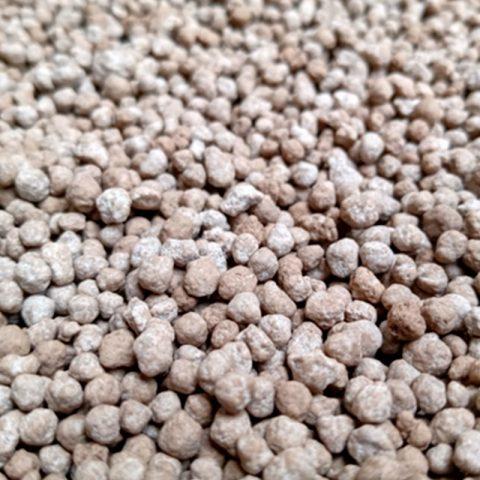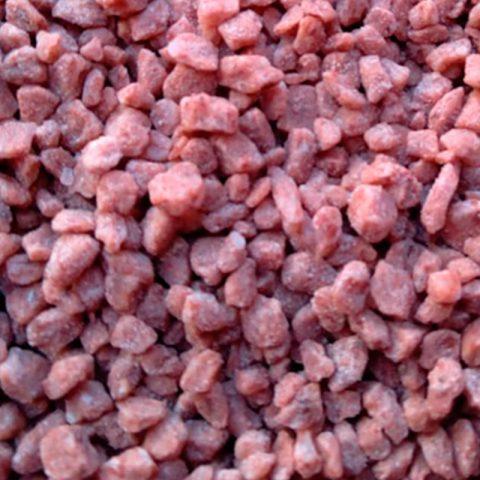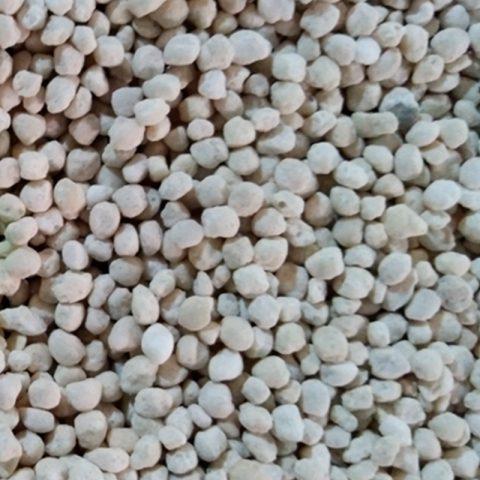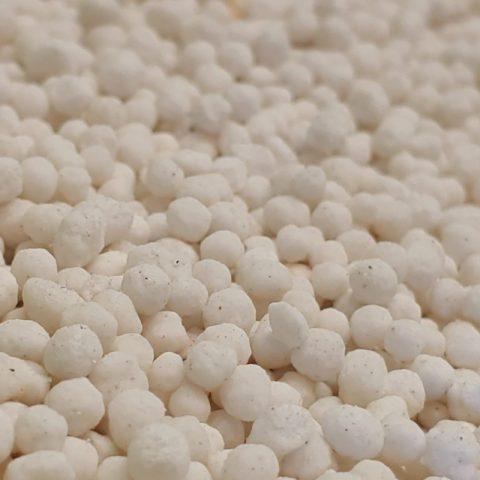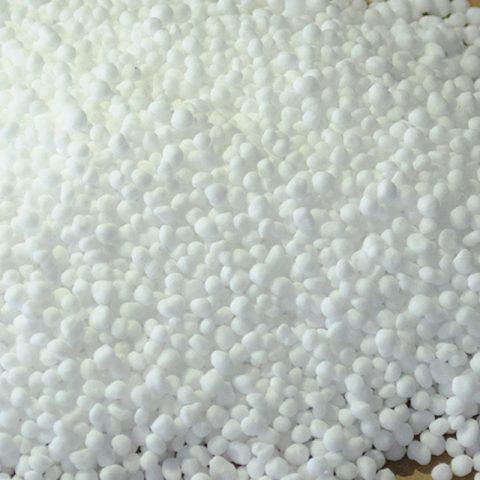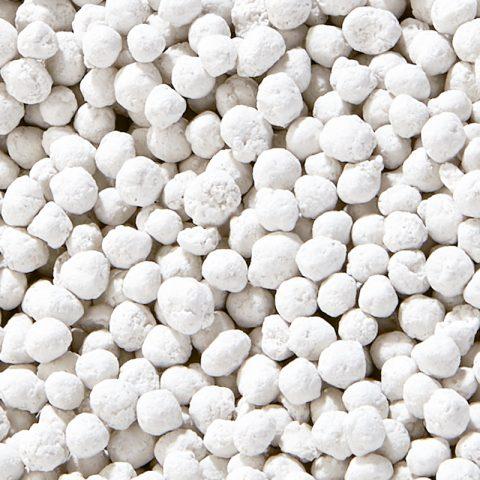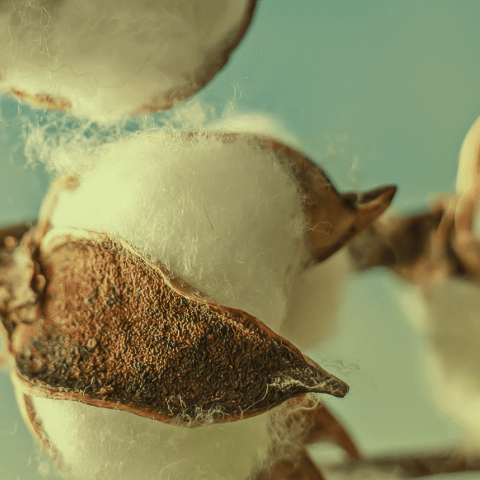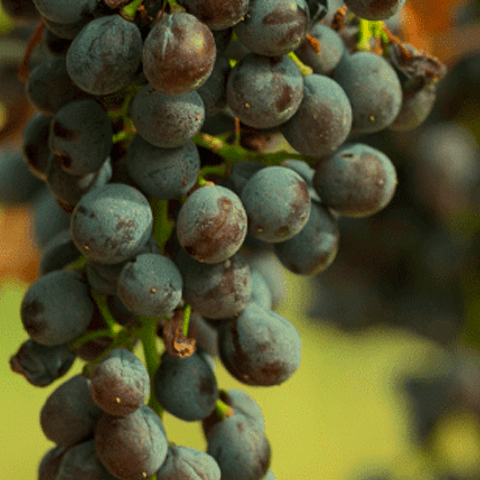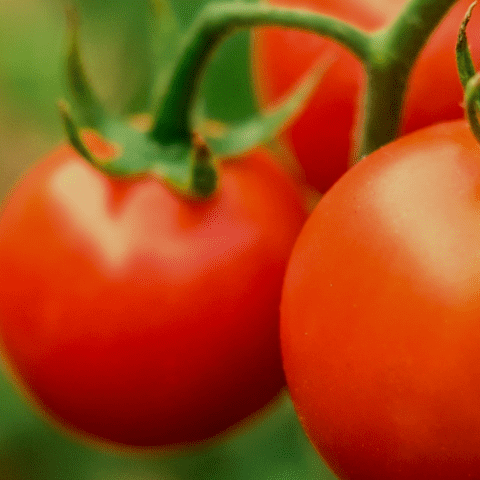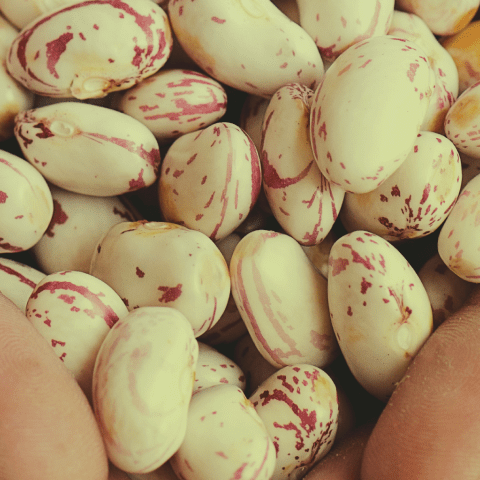MANGO IN THE NATIONAL MARKET
Brazil is in 7th place in the world production of this culture.
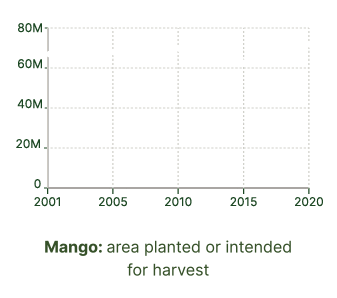
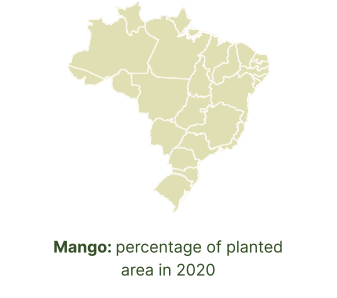
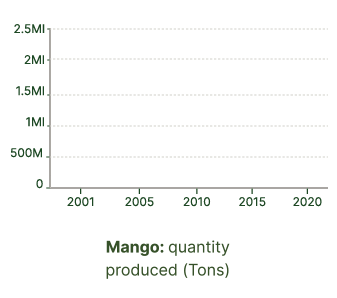
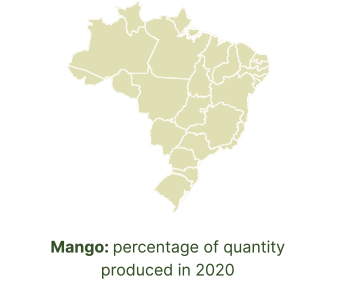
What do you need to know
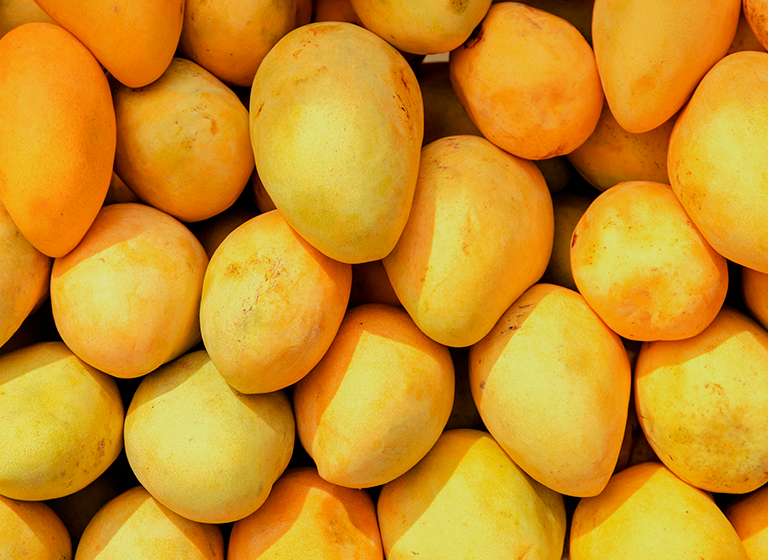
The macronutrients calcium (Ca) and nitrogen (N) are the most required by the mango crop, as they contribute to the cellular development of the plant.
Mango is one of the most sought after fruits in the world, India alone concentrates more than 40% of world production, being the largest producer. Brazil is in 7th place in the world production of this culture, the São Francisco Valley, which is located in Bahia, is the largest national producer of mango in an irrigated regime.
Demand has increased significantly in the domestic and foreign markets, reaching compensating prices. In addition, mango is a great source of vitamins A and C.
Mango cultivation in Brazil is considered quite rustic and can be adapted to both sandy and clayey soils, in two ways: the first, its main characteristic is extensive plantations, with local varieties and little or no use of technologies; and the second, characterized by the high technological level, with irrigation, floral induction and improved varieties.
Regarding the nutrient demand for mango cultivation, speaking of macronutrients, calcium (Ca), together with nitrogen (N), are the macronutrients most required by mango cultivation, as they contribute to the cellular development of the plant, exert a important role in fruit production, quality and shelf life. Regarding micronutrients, boron (B) deficiency is the one that most affects productivity, as it is important in the flowering and fruit development phase and essential for the absorption and use of calcium (Ca).
Principais Deficiências
Main Deficiencies
Mango’s Nitrogen Deficiency (N)
It plays an important role in fruit production and quality.
Its effects are manifested mainly in the vegetative phase of the plant and considering the relationship between vegetative outbreaks/emission of floral buds/fruiting.
Deficiency – Development is retarded, vegetative growth is small and, consequently, flowering and fruit production are reduced. In more advanced cases, the deficiency can be recognized by the small development of the leaves and the loss of chlorophyll, causing a generalized yellowing of the same.
Mango’s Phosphorus Deficiency (P)
It is necessary in plant cell division and growth. It is especially important in root development, inflorescence length, flowering duration, leaf size and fruit maturation.
It positively influences the color of the shell, a characteristic of great importance for the consumer market.
Deficiency – Retardation in growth, drying of the edges of the apical region of the leaves (with or without necrotic zones), premature leaf fall, drying and death of branches, significantly reducing production.
Mango’s Potassium Deficiency (K)
Potassium plays an important role in photosynthesis and starch production, enzyme activity and plant resistance to diseases.
It is closely related to the quality of the fruit, in particular rind color, aroma and size. It also influences the regulation of water in the cell, controlling the loss of water from the leaves by transpiration. It is the most important nutrient in terms of fruit production and quality.
Deficiency – Older leaves show irregularly distributed concentrations of yellowish color. The leaves are smaller and more pronounced, the pits increase and coalesce, and the leaf area becomes necrotic along the margins. Leaf fall occurs only when they are completely dead.
Mango’s Calcium Deficiency (Ca)
Calcium, together with nitrogen, is a nutrient required in large quantities by mangoes and participates in the cellular development of the plant and fruits. It influences the firmness and shelf life of the fruits.
Deficiency – Symptoms of Ca deficiency have not been described. However, it has been reported that Ca decreases the incidence of “soft-nose” (physiological disease).
Thus, it has been verified that the Ca content of the leaves of plants that presented lower incidences of soft-nose were 2 to 3 times higher than those of plants that presented higher incidence.
Mango’s Magnesium Deficiency (Mg)
It is a component of chlorophyll, enzyme inducer and participates in the transport of P in the plant.
Deficiency – Appear first on adult leaves. The formation of dark green in the shape of an inverted “V” or wedge occurs, by the intrusion of a tan chlorosis along the leaf margin.
Mango’s Sulfur Deficiency (S)
It is part of some essential amino acids such as methionine, cystine and cysteine, certain vitamins and coenzyme A, and is also an enzyme activator.
Deficiency – Younger leaves showed necrotic spots on a green background, and premature defoliation also occurred.
Mango’s Iron Deficiency (Fe)
Although it is not a constituent of the chlorophyll molecule, iron participates in its formation.
The amount of chlorophyll appears to be related to the content of this readily soluble micronutrient in the plant. Iron is also a component of cytochromes and enzyme activator, participates in oxidation processes that release energy from sugars and starches, in nitrate-ammonium conversion reactions in the plant and in protein synthesis.
Deficiency – It is manifested by the typical chlorosis in young leaves, with the formation of a green reticulate of the veins, in contrast to the yellowish of the blade.
Mango’s Manganese Deficiency (Mn)
Essential component for the formation of chlorophyll and for the formation, multiplication and functioning of the chloroplast.
Deficiency – They appear in young leaves and are characterized by the development of a yellowish green chlorosis around the veins, forming a reticulate.
Mango’s Zinc Deficiency (Zn)
Zinc is associated with iron and manganese in the formation of chlorophyll and is essential for protein synthesis.
It is part of an auxin, indole acetic acid (IAA), which in turn is associated with cell volume.
Deficiency – Characterized by the presence of small, recurved, thickened and inflexible leaves, which may exhibit greater or lesser chlorosis, giving a mottled appearance. In the case of severe deficiency, death of branches may occur, and panicle abnormalities may be evident.
Mango’s Copper Deficiency (Cu)
Copper is necessary for the activation of several enzymes, such as those that oxidize phenols, copper has an effective participation in the mechanisms of respiration and photosynthesis.
Deficiency – They manifested in young plants that received high doses of N, or in the young shoots of adult plants.
They are characterized by the presence of poorly developed terminal branches, followed by defoliation and death of the shoots, or bending of the branches in an “S” shape of the pendant growth cycle.
Mango’s Boron Deficiency (B)
Boron is important for pollination and fruit development and essential for calcium absorption and use. It plays an important role in the resistance of cell walls.
Deficiency – Results in poor flowering and pollination in addition to reduced fruit size. Production of deformed inflorescences. It induces the formation of small-sized shoots with small, leathery leaves.
Fertilizantes Indicados
Indicated Fertilizers
Veja também
BaseFort, FosCibra, Nitrocap, MAP
Monoammonium Phosphate ...
See more
BaseFort, FosCibra, Nitrocap, MAP
Monoammonium Phosphate ...
Pragas da manga
Pragas das raízes do algodoeiro,
pragas das folhas e hastes
pragas das estruturas frutíferas.
- Formigas cortadeiras
Atta spp. e Acromyrmex spp. - Moscas-da-fruta
Anastrepha obliqua, Anastrepha fraterculus, Ceratitis capitata) - Arapuá
Trigona spinipes - Besouro amarelo
Costalimaita ferruginea vulgata
- Tripes
Selenothrips rubrocinctus e Frankliniella schultzei - Lagartas
Pleuroprucha asthenaria e Cryptoblabes gnidiella - Mosquinha-da-manga, mosca-da-panícula
Erosomyia mangiferae
- Cochonilhas
Aulacaspis tubercularis, Saissetia oleae, Pinnaspis sp. e Pseudococus sp - Pulgões
Aphis gossypii, A. craccivora e Toxoptera aurantii - Broca-da-mangueira
Hypocrypholus mangiferae - Ácaro
Oligonychus spp
Doenças da manga
Doenças foliares:
- Antracnose
Colletotrichum gloeosporioides, Glomerella cingulata - Oídio
Oidium mangiferae - Seca-de-Mangueira
Cerotocystis fimbriata
- Morte descendente da mangueira e Podridão basal ou Peduncular do fruto
Lasiodiplodia theobromae - Malformação floral e vegetativa
Fusarium oxysporum, Fusarium moniliforme var. subglutinans, Cylindrocarpum mangiferum)
- Mancha angular
Xanthomonas campestris pv. mangiferaindica - Verrugose
Elsinoe mangifera, Sphaceloma mangifera

